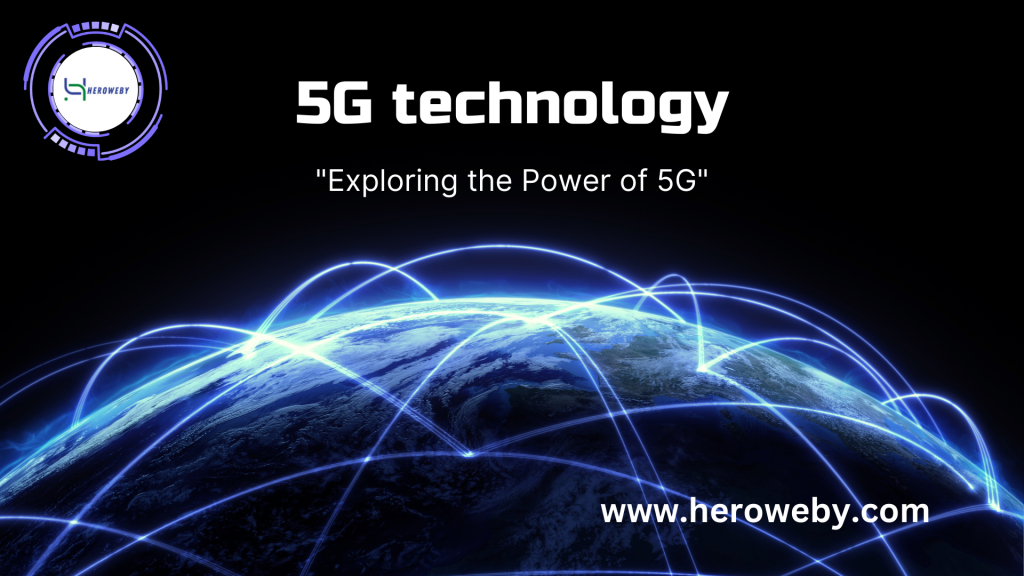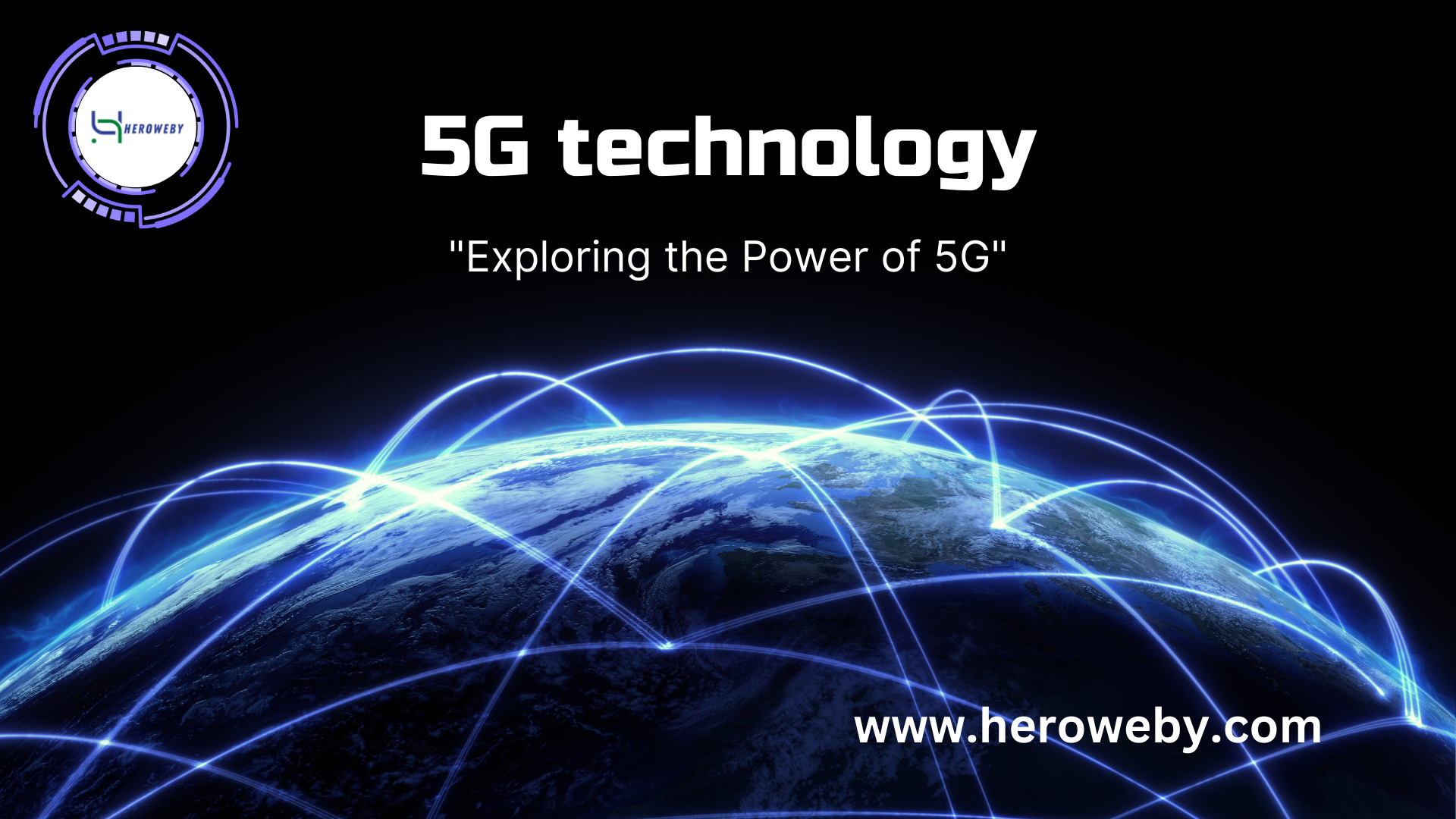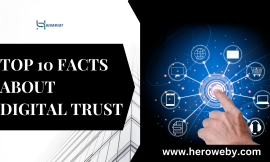
The Future Unleashed: Exploring the Power of 5G
5G technology has become a game-changer in today’s fast-paced digital world, where connectivity is the backbone of every sector. 5G is expected to completely transform the way we live, work, and interact with one another thanks to its promises of lightning-fast speeds, extremely low latency, and unmatched reliability. In this blog, we will delve into the realm of 5G, examining its potential and the seismic shifts it may bring about across a number of industries.
What is 5G?
The fifth generation of wireless technology, or 5G, is a revolutionary improvement for mobile networks. Compared to its forerunners, such as 4G LTE, it is intended to deliver much better speeds, more capacity, and lower latency. Low-band, mid-band, and high-band (also known as mmWave) are the frequency bands 5G uses, each with specific properties and uses.
Speed and Capacity
The lightning-fast speed of 5G is one of its most appealing features. While 5G networks can deliver download rates of up to 10 Gbps or even more, 4G networks typically offer download speeds of around 100 Mbps. Users are now able to stream 4K and 8K videos without buffering, download enormous files in a matter of seconds, and take advantage of immersive virtual and augmented reality experiences thanks to this amazing boost in bandwidth.
Additionally, 5G significantly increases network capacity. For Internet of Things (IoT) applications, the increased number of connected devices it can handle per square kilometer is crucial. This capacity creates opportunities for linked industries, autonomous vehicles, connected homes, smart cities, and seamless, minimally-delayed operations across all of these domains.
Ultra-Low Latency
The time elapsed between a device sending a command and receiving a response is referred to as latency. With target delays as low as 1 millisecond, 5G aspires to reduce latency to an unparalleled degree. Applications that require real-time contacts, like remote surgery, autonomous vehicles, and industrial automation, depend on this almost instantaneous response time. 5G can revolutionize several industries with its decreased latency, opening up new opportunities and applications that were previously unthinkable.
Transforming Industries
Healthcare
The 5G network has a lot to offer the healthcare industry. 5G can enable remote surgeries by enabling real-time communication between doctors and patients, even across great distances, thanks to its low latency and excellent reliability. It can also help telemedicine become more widely used, enabling people to consult with doctors remotely and relieving pressure on healthcare facilities. Other areas where 5G can have a big influence include remote patient monitoring, precision medicine, and improved emergency response systems.
Manufacturing and Industry 4.0
With the emergence of Industry 4.0, the industrial sector is going through a paradigm transition. Real-time monitoring and control of industrial operations depend on 5G’s fast connectivity and low latency. By enabling seamless machine-to-machine communication, this technology can make it easier to build smart factories that optimize production processes, boost productivity, and minimize downtime. Thanks to 5G, manufacturing is about to transform, making it more nimble, flexible, and connected.
Transportation and Smart Cities
The goal of smart cities and intelligent transport systems can be realized in large part thanks to 5G. It can assist the deployment of autonomous vehicles and let them communicate in real time with one another and the surrounding infrastructure because of its extremely low latency and quick speeds. This communication system enhances security, streamlines transportation, and eases congestion. The overall quality of life for citizens is improved by 5G’s ability to support innovative city applications including intelligent street lighting, garbage management, and environmental monitoring.
Challenges and Considerations
Despite the enormous promise of 5G, there are a few issues that need to be resolved. A large investment in infrastructure, such as the setting up of new cell towers and machinery, is necessary for the deployment of 5G. Furthermore, signal propagation and coverage issues are raised by the use of high-frequency bands like mmWave. There are also worries about potential health implications, privacy, and security due to the increased exposure to electromagnetic radiation.
Conclusion
Faster speeds, lower latency, and revolutionary possibilities are all features of the new 5G technology, which ushers in a new era of communication. It has the potential to completely transform a number of industries, including manufacturing, healthcare, transportation, and smart cities. Although there are still issues, 5G’s potential advantages are too great to be overlooked. We may anticipate a time when innovation is enabled by continuous connectivity and completely changes how we live and work as this technology develops and matures. Get ready because the power of 5G is about to open up a world of opportunities.




